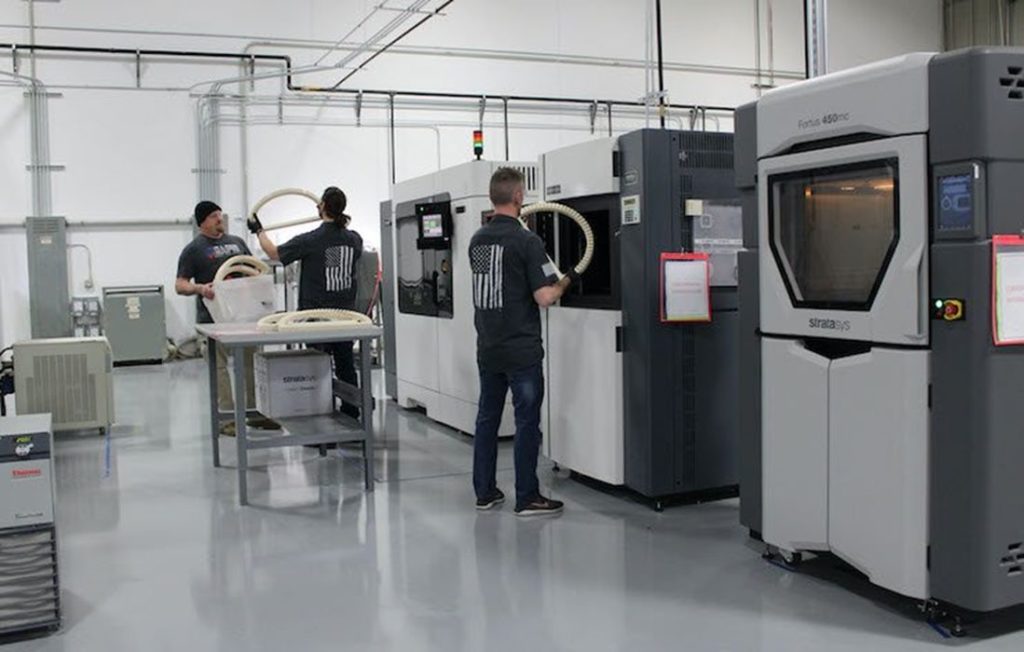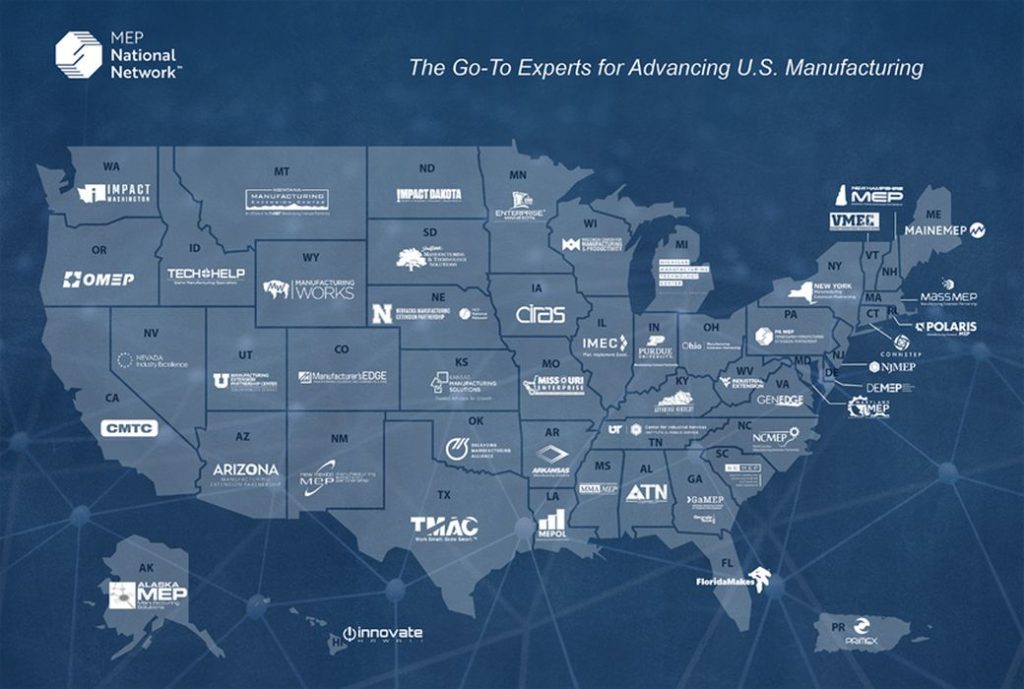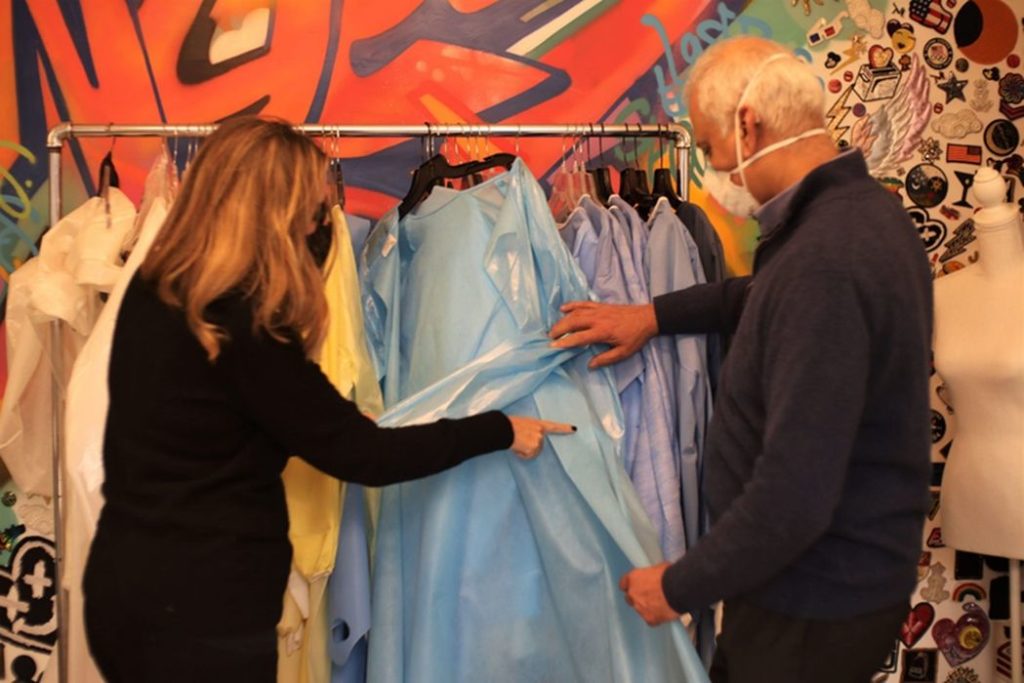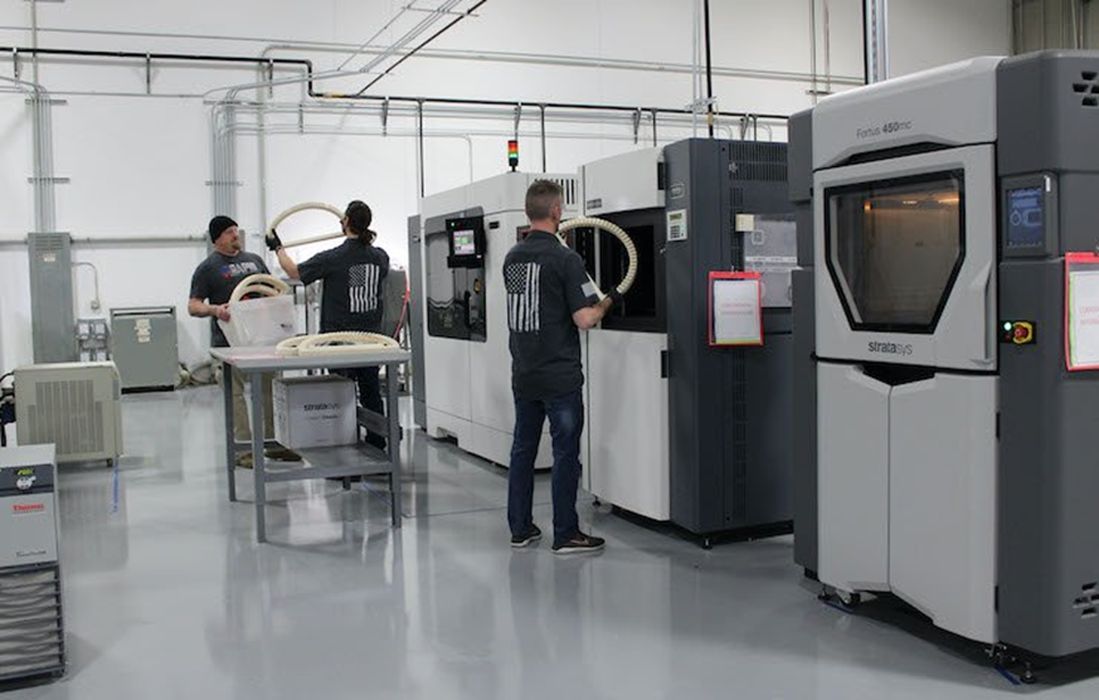
Charles R. Goulding and Preeti Sulibhavi examine how new U.S. government funding may affect use of 3D printing.
The November 28th New York Times Sunday magazine section contained multiple stories on how the U.S. government’s funding from N.I.S.T and Manufacturing Extension Partnerships (MEPs) National networks helped many U.S. manufacturers not only survive but diversify into new markets. One example was the Rapid Application Group (RAG) in Broken Arrow, Oklahoma, a ten-employee company of mostly veterans.
Pre-COVID, RAG used 3D printers to make aircraft parts. The Oklahoma MEP assisted RAG in obtaining PPP funds and supply chain relationships as well as FDA approval to begin supplying the health care industry with PPE.
Terry Hill, the owner of RAG, said, “Overnight we went from printing for private space travel companies to designing our own masks.” Currently, the company’s healthcare business exceeds its aerospace business and the company used its new product diversity to leap from supplying hospital masks to a Tulsa hospital, to now supplying parts for robots to sanitize hospital wards.

The Cares Act and American Rescue Plan Act (ARPA) allocated US$879M in additional funding to N.I.S.T the MEP network and the National Science Foundation largely to meet changing manufacturing demands. The national MEP network has used COVID funding to help thousands of small manufacturers make investments for advanced manufacturing technologies including collaborative robots and 3D printing. Robert Ivester, the acting head of the Manufacturing Extension Partnership, explained how with their normal business disrupted, many manufacturers suddenly had available labor and could now embrace these new technologies.

There is a myriad of examples that illustrate how MEPs are helping businesses secure COVID funding all while advancing their processes with new technologies, including 3D printing. In New York City, New York Embroidery Studio (NYES), one of the garment district’s industry leaders in textile manufacturing, quickly pivoted from making high-end, haute couture runway dresses to producing much-needed PPE.
The New York City MEP, the Industrial Technology Assistance Corporation (ITAC), played a key role in this critical shift in production. NYES is no stranger to 3D printing either. In fact, they offer 3D printing services allowing people to print their 3D designs into limitless applications. 3D printed parts are lightweight, flexible yet highly durable and can be fabricated quickly.
The Research & Development Tax Credit
The now permanent Research and Development (R&D) Tax Credit is available for companies developing new or improved products, processes and/or software.
3D printing can help boost a company’s R&D Tax Credits. Wages for technical employees creating, testing, and revising 3D printed prototypes can be included as a percentage of eligible time spent for the R&D Tax Credit. Similarly, when used as a method of improving a process, time spent integrating 3D printing hardware and software counts as an eligible activity. Lastly, when used for modeling and preproduction, the costs of filaments consumed during the development process may also be recovered.
Whether it is used for creating and testing prototypes or for final production, 3D printing is a great indicator that R&D Credit eligible activities are taking place. Companies implementing this technology at any point should consider taking advantage of R&D Tax Credits.
Conclusion
With all the horrors related to the pandemic, it is nice to see that some good has occurred. Keeping companies in business, helping employees retain jobs and even expanding product lines are positive results. The 3D printing industry has been at the center of this greater good.

